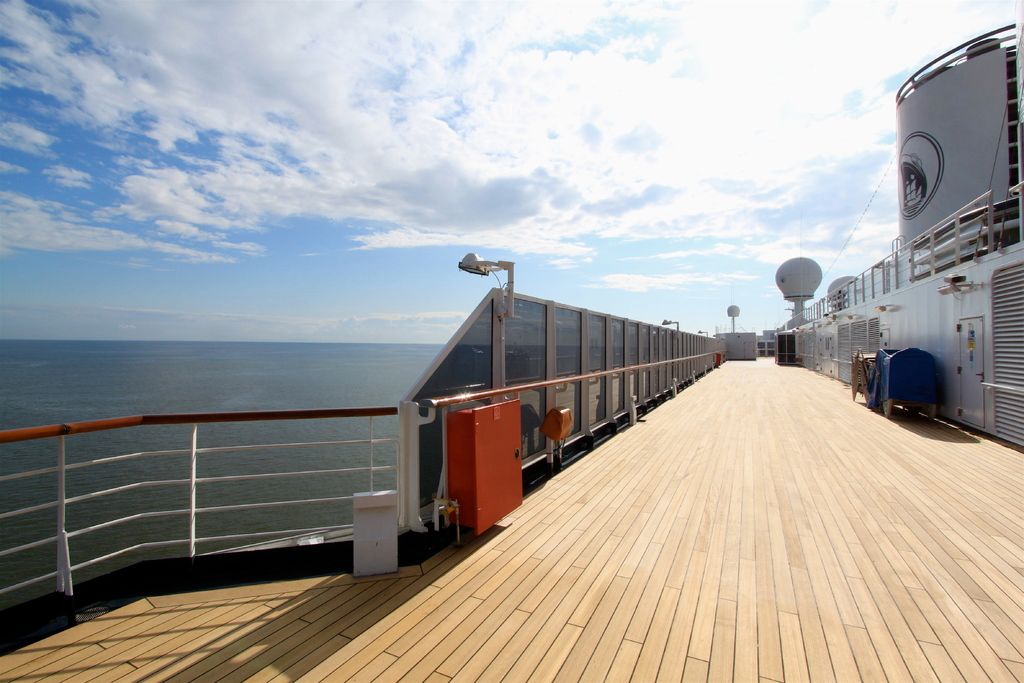Aviation Barber Pole: Comprehensive Insight into Its Function, Origins, and Significance in the Aircraft Industry
The Maximum Operating Speed Indicator in Aviation: The Barber Pole
The barber pole, a vivid red and white spiral, is a familiar sight in aviation, serving as a crucial warning signal for pilots in the cockpit. This visual tool, nestled within the aircraft's airspeed indicator (ASI), helps maintain flight safety by signaling the maximum operating airspeed (Vmo).
Barber Pole: A Twist of Tradition with a Dark Past
Strangely enough, the origins of the barber pole go back to medieval times, where it symbolized bloodletting and the dual roles of barber-surgeons. The red and white spirals represented blood and bandages respectively, while the twisting pole evoked the action of twisting bandages. Over time, as barbers gradually focused on haircutting instead of bloodletting, the barber pole evolved into the recognizable sign of their trade.
The Barber Pole's Ascent into Aviation
The barber pole's journey to aviation can be traced back to the early days of flight when pilots needed a visible cue for critical speeds. Mimicking the traditional barbershop pole, pilot-era airspeed indicators adopted a similar design to flag key thresholds. With advancements in aviation technology, aircraft started flying faster and higher, necessitating more accurate speed monitoring tools.
How the Barber Pole Functions
The barber pole's movement is triggered by the aircraft's dynamic pressure and environmental factors. As altitude increases, air density decreases, causing the maximum safe indicated airspeed (IAS) to drop. In response, the barber pole's position adjusts, providing pilots a visual limit that keeps the aircraft within its safe speed range. This is crucial in preventing dangerous aerodynamic phenomena such as Mach tuck or flutter, which can happen near or beyond the speed of sound.
The Essential Role of the Barber Pole for Pilots
In high-speed aircraft like commercial jets, overspeed is a significant risk, particularly at higher altitudes where airspeed becomes difficult to interpret. By constantly monitoring the barber pole, pilots ensure they stay within safe operational limits. Exceeding the indicated maximum speed could result in tragic consequences such as structural failure, loss of control, or aerodynamic instability.
Additionally, the careful observation of the barber pole contributes to passenger safety and comfort, preventing risky or sudden maneuvers that may cause unease during the journey.
The Evolving Barber Pole
Throughout aviation history, the barber pole adapted alongside technological advancements. Early aircraft used fixed indicators for maximum speed, but they weren't sufficient at high altitudes, where air density and atmospheric conditions affect performance. The introduction of dynamic barber poles, which adjust based on altitude and temperature, was a game-changer for jet aircraft that fly at higher altitudes.
As supersonic aircraft like the *Concorde emerged in the 1960s and 1970s, maintaining precise airspeed became even more critical. The barber pole proved vital in ensuring aircraft didn't exceed the transonic range*, a dangerous zone where shockwaves and turbulence could pose serious risks.
Key Takeaways
- The barber pole is a visual tool used in aviation to indicate the maximum operating airspeed (Vmo).
- It adjusts based on altitude and atmospheric conditions, protecting the aircraft from overspeed scenarios.
- The barber pole originated from early airspeed indicators and evolved alongside aircraft technology.
- Pilots rely on this indicator to maintain safe flight operations, especially at higher altitudes.
Final Thoughts
The barber pole continues to be an indispensable part of modern aviation, guiding pilots to navigate within safe speed limits. Understanding its roots and evolution showcases how aviation has continuously adapted to cater to the needs of faster, higher-flying aircraft. With technology evolving, the barber pole will undoubtedly remain a cornerstone of flight safety, ensuring that pilots have a clear, dynamic indicator to guide their airspeed decisions.
Additional Insights from Aviation History
- The phrase "flying on the barber pole" has been used to describe aircraft operating at the maximum safe speed under current conditions, requiring continued monitoring of the airspeed indicator to avoid exceeding safe limits.
- The term "barber pole" has also been used in other contexts, such as in the Apollo and Shuttle programs where striped outputs were present on indicators, but its primary use remains as a critical speed indicator in aviation.
- The evolution of the barber pole in aviation is closely linked to the advancements in science, technology, and the transportation industry.
- The barber pole functions as a crucial tool for maintaining flight safety by signaling the maximum operating airspeed (Vmo), which helps prevent dangerous aerodynamic phenomena in high-speed aircraft.
- The evolution of the barber pole from its medieval origins to a vital component in modern aviation showcases the interplay between historical traditions and finance, as the need for accurate speed monitoring tools in the growing aviation industry necessitated technological innovations.




